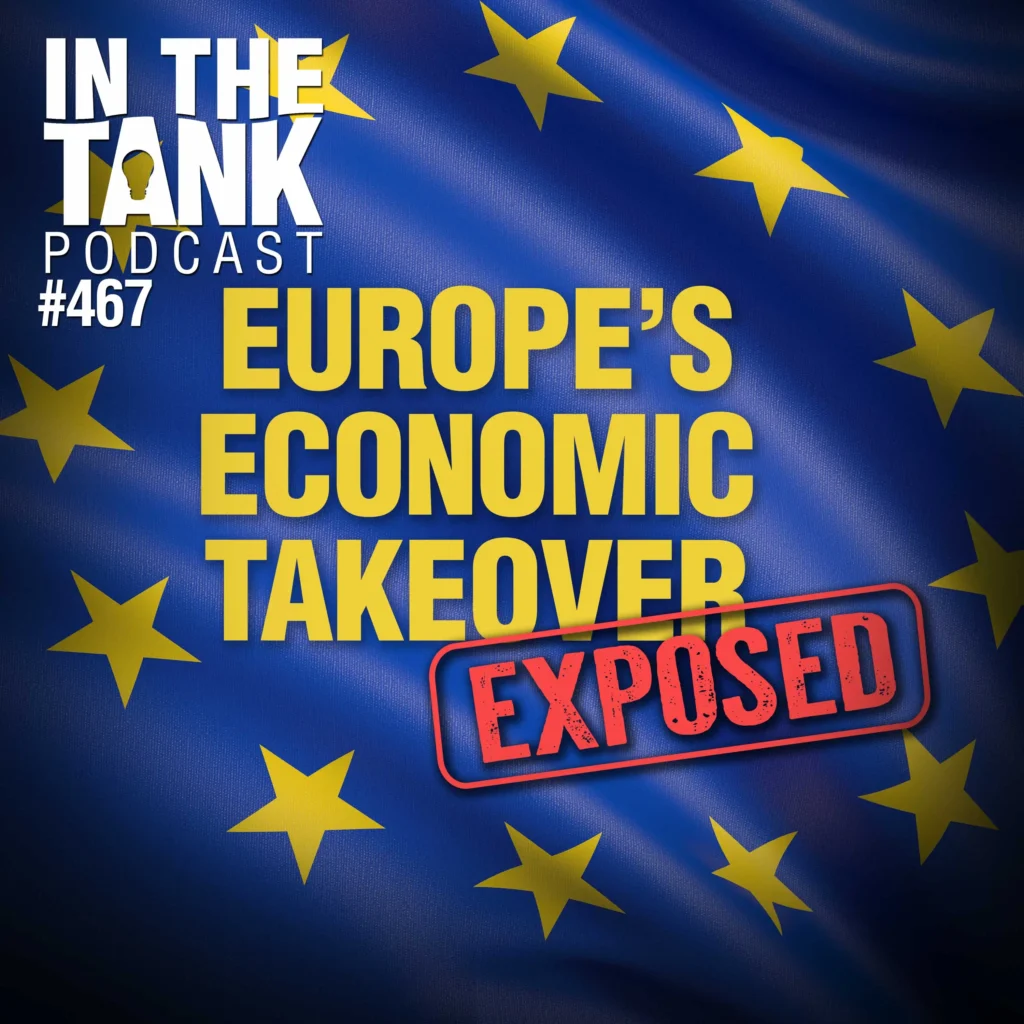Tropical storm activity during the 2008 hurricane season was well above average. My colleague Phil Klotzbach and I were very happy to foresee and provide advance notice of this above-average activity, as did the National Oceanic and Atmospheric Administration’s seasonal hurricane forecast.
Although this is my 25th year of making these seasonal forecasts, Klotzbach should get most of the credit for the success of this year’s forecast.
CO2 Not Affecting Hurricanes
After his election victory, President-elect Barack Obama said, “storms are growing stronger with each passing hurricane season,” implying this is due to increases in atmospheric carbon dioxide. He was repeating what Al Gore has been saying for years, and what was implied by thousands of media reports after the damaging Atlantic seasons of 2004-2005.
Yes, the Atlantic has seen a very large increase in major hurricanes during the 14-year period of 1995-2008 in comparison with the prior 25-year period of 1970-1994. But rising levels of atmospheric carbon dioxide have not in any way been responsible for the recent upswing in Atlantic basin major hurricanes since 1995.
I agree with many of my colleagues in concluding the large increase in Atlantic major hurricanes is primarily due to the multi-decade increase in the Atlantic Ocean Thermohaline Circulation (THC) that is driven by Atlantic salinity variations. These multi-decade Atlantic changes also have been termed the Atlantic Multidecadal Oscillation (AMO). They are not a result of global surface temperatures or increases in atmospheric carbon dioxide.
Normal Long-Term Trends
Although global surface temperatures have increased over the past century, there are now many observational studies indicating there has not been any significant long-term increase in hurricane frequency or intensity in any of the globe’s tropical cyclone basins.
We have no well-founded physical reasons for believing Atlantic (or other global basin) hurricane frequency or intensity would necessarily change if global ocean temperatures were to continue to rise, and there has been little global temperature rise since 1998 anyway.

In the quarter-century period 1945-1969, when the globe was undergoing a weak cooling trend, the Atlantic basin experienced 80 major (Category 3-4-5) hurricanes and 201 major hurricane days. In the subsequent 25-year period, 1970-1994, when the globe was undergoing a general warming trend, there were only 38 major hurricanes and 63 major hurricane days. (See accompanying figure.)
Warmer Globe, Fewer Cyclones
Technological developments have enabled us to detect more hurricanes over the ocean than we were able to identify just a few decades ago. Therefore, the most reliable long-period hurricane records we have are the measurements of U.S. land-falling tropical cyclones since 1900. (See accompanying table.) Although Atlantic sea surface temperatures increased by about 0.4 degrees C between the two 50-year periods of 1900-1949 and 1959-2008, the frequency of U.S. landfall numbers actually shows a slight downward trend for the later period.
This downward trend is particularly noticeable for the U.S. East Coast and Florida Peninsula, where the difference in landfall of major (Category 3-4-5) hurricanes between the 43-year period of 1923-1965 (24 landfall events) and the 43-year period of 1966-2008 (7 landfall events) was especially large.
For the entire U.S. coastline, 39 major hurricanes made landfall during the earlier 43-year period (1923-1965), compared with only 22 for the latter 43-year period (1966-2008).
| U.S. Land-Falling Tropical Cyclones by Intensity During Two 50-year Periods | ||||
|---|---|---|---|---|
| Years | Named Storms | Hurricanes | Intense Hurricanes (Cat 3-4-5) | Global Temperature Increase |
| 1900-1949 (50 years) | 189 | 101 | 39 | +0.4ºC |
| 1959-2008 (50 years) | 167 | 85 | 33 | |
Recent Trend Not Worrisome
We should not read too much into the very busy two hurricane seasons of 2004 and 2005. The activity in these years was unusually high but well within natural bounds of Atlantic seasonal hurricane variations.
There have been other years with hurricane activity comparable to 2005. For instance, 1933 had 21 named storms in a year when there was no satellite or aircraft data that make it easier to find the storms.
Records from 1933 show all 21 named storms had tracks west of 60ºW, where surface observations were plentiful enough for detection. If we eliminate all the named storms of 2005 whose tracks were entirely east of 60ºW and therefore would have likely been missed given the technology available in 1933, we reduce the 2005 named storm total by seven, to 21—the same number as was observed in 1933.
Higher Activity Should Continue
The active hurricane season in 2008 lends further support to the belief the Atlantic basin remains in an active hurricane cycle associated with a strong thermohaline circulation and an active phase of the AMO. This active cycle is expected to continue for another decade or two, at which time we should enter a quieter Atlantic major hurricane period of the type we experienced during the quarter-century periods of 1970-1994 and 1901-1925.
William Gray ([email protected]) is professor emeritus of atmospheric science at Colorado State University.
For more information …
“Summary of 2008 Atlantic Tropical Cyclone Activity and Verification of Author’s Seasonal and Monthly Forecasts,” by Philip J. Klotzbach and William M. Gray, The Tropical Meteorology Project: http://tropical.atmos.colostate.edu/Forecasts/2008/nov2008/
nov2008.pdf
“Forecast of Atlantic Hurricane Activity for October 2008 and Seasonal Update through September,” by Philip J. Klotzbach and William M. Gray, The Tropical Meteorology Project: http://tropical.atmos.colostate.edu/Forecasts/2008/oct2008/
oct2008.pdf



